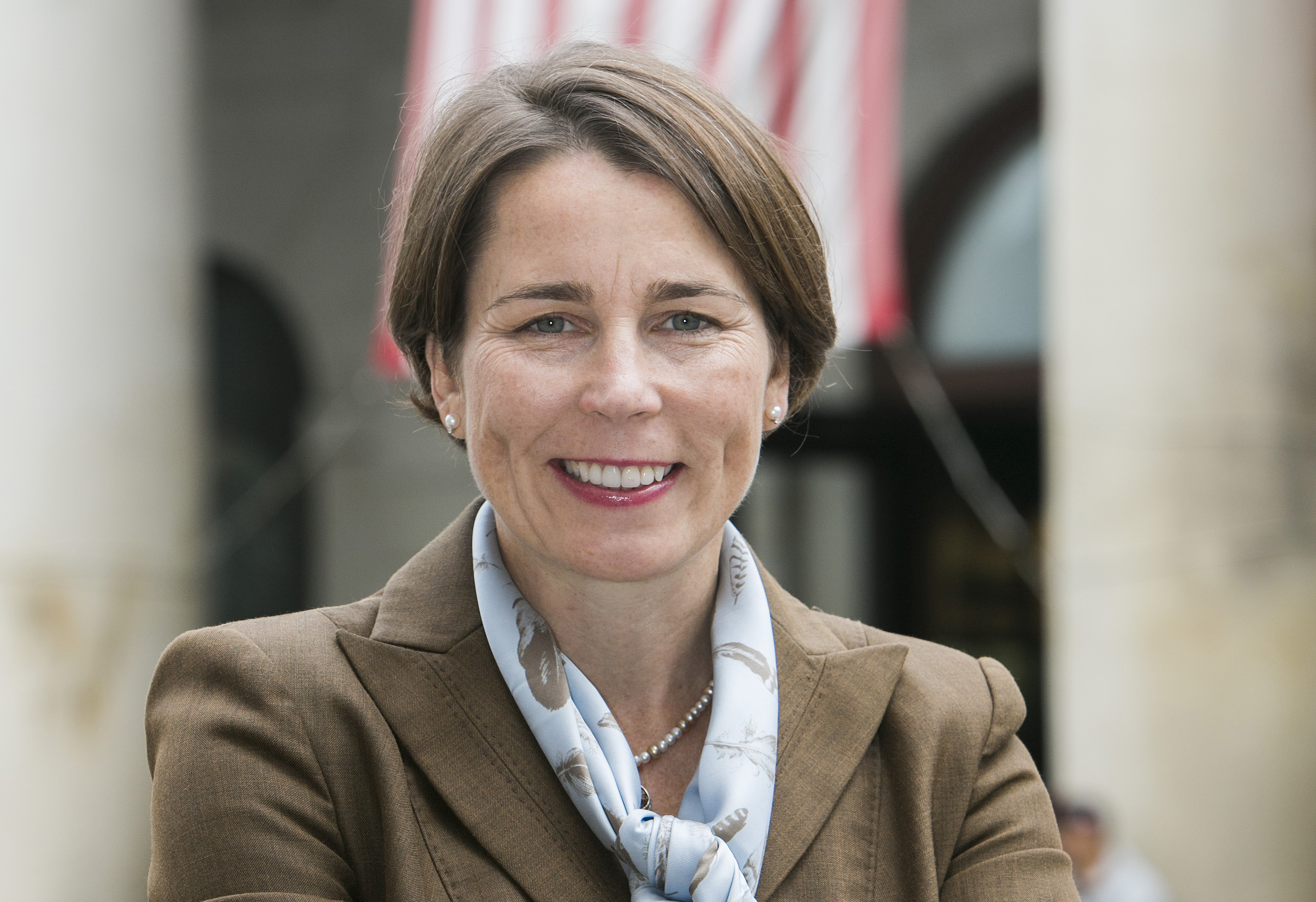
Scene of where a six-year old shot a teacher!
Dear Commons Community,
There is so much violence in our country and we have seen over and over again manifestations of it in our schools. On Friday, a Virginia teacher was critically injured when she was was shot by a 6-year-old student in Newport News. Authorities are struggling to understand how a child so young could be involved in a school shooting, commented Mayor Phillip Jones.
Jones said the condition of the teacher, a woman in her 30s, is “trending in a positive direction” as she remains hospitalized. Police Chief Steve Drew met with the teacher and her family yesterday morning. “She has improved and is currently listed in stable condition,” police said in a news release. As reported by the Associated Press and other media.
The boy shot and wounded the teacher with a handgun in a first-grade classroom on Friday at Richneck Elementary School, according to authorities. Drew said the shooting was not accidental and was part of an altercation. No students were injured.
Police yesterday declined to describe what led to the altercation or any other details about what happened in the classroom, citing the ongoing investigation.
Jones also declined to reveal details of the shooting, or say how the boy got access to the gun or who owns the weapon.
“This is a red flag for the country,” Jones said.
“I do think that after this event, there is going to be a nationwide discussion on how these sorts of things can be prevented.”
Virginia law does not allow 6-year-olds to be tried as adults. In addition, a 6-year-old is too young to be committed to the custody of the Department of Juvenile Justice if found guilty.
A juvenile judge would have authority, though, to revoke a parent’s custody and place a child under the purview of the Department of Social Services.
Jones would not say where the boy is being held.
“We are ensuring he has all the services that he currently needs right now,” Jones said.
Experts who study gun violence said the shooting represents an extremely rare occurrence of a young child bringing a gun into school and wounding a teacher.
“It’s very rare and it’s not something the legal system is really designed or positioned to deal with,” said researcher David Riedman, founder of a database that tracks U.S. school shootings dating back to 1970.
He said yesterday that he’s only aware of three other shootings caused by 6-year-old students in the time period he’s studied. Those include the fatal shooting of a fellow student in 2000 in Michigan and shootings that injured other students in 2011 in Texas and 2021 in Mississippi.
Riedman said he only knows of one other instance of a student younger than that causing gunfire at a school, in which a 5-year-old student brought a gun to a Tennessee school in 2013 and accidentally discharged it. No one was injured in that case.
Daniel W. Webster, a professor at Johns Hopkins University who studies gun violence, agreed that a 6-year-old shooting a teacher at school is extremely unusual. But he said his research shows that instances of young children accessing loaded guns and shooting themselves or others unintentionally in homes or other settings are rising.
“A 6 year old gaining access to a loaded gun and shooting him/herself or someone else, sadly, is not so rare,” he said in an email.
In the Newport News case, Drew said Friday that the shooting didn’t appear to be an accident and that it was isolated to the single victim. He said the student and teacher had known each other in a classroom setting.
“We did not have a situation where someone was going around the school shooting,” Drew told reporters.
Investigators were trying to figure out where the student obtained the handgun.
Parents and students were reunited at a gymnasium, Newport News Public Schools said via Facebook.
The police chief declined to discuss what contact investigators have had with the boy’s parents.
“We have been in contact with our commonwealth’s attorney (local prosecutor) and some other entities to help us best get services to this young man,” Drew said.
The Richneck Country School has about 550 students who are in kindergarten through fifth grade, according to the Virginia Department of Education’s website. Jones said there will be no classes at the school Monday and Tuesday.
“Today our students got a lesson in gun violence,” said George Parker III, Newport News schools superintendent, “and what guns can do to disrupt, not only an educational environment, but also a family, a community.”
Gun control anyone or just let the insanity continue!
Tony










